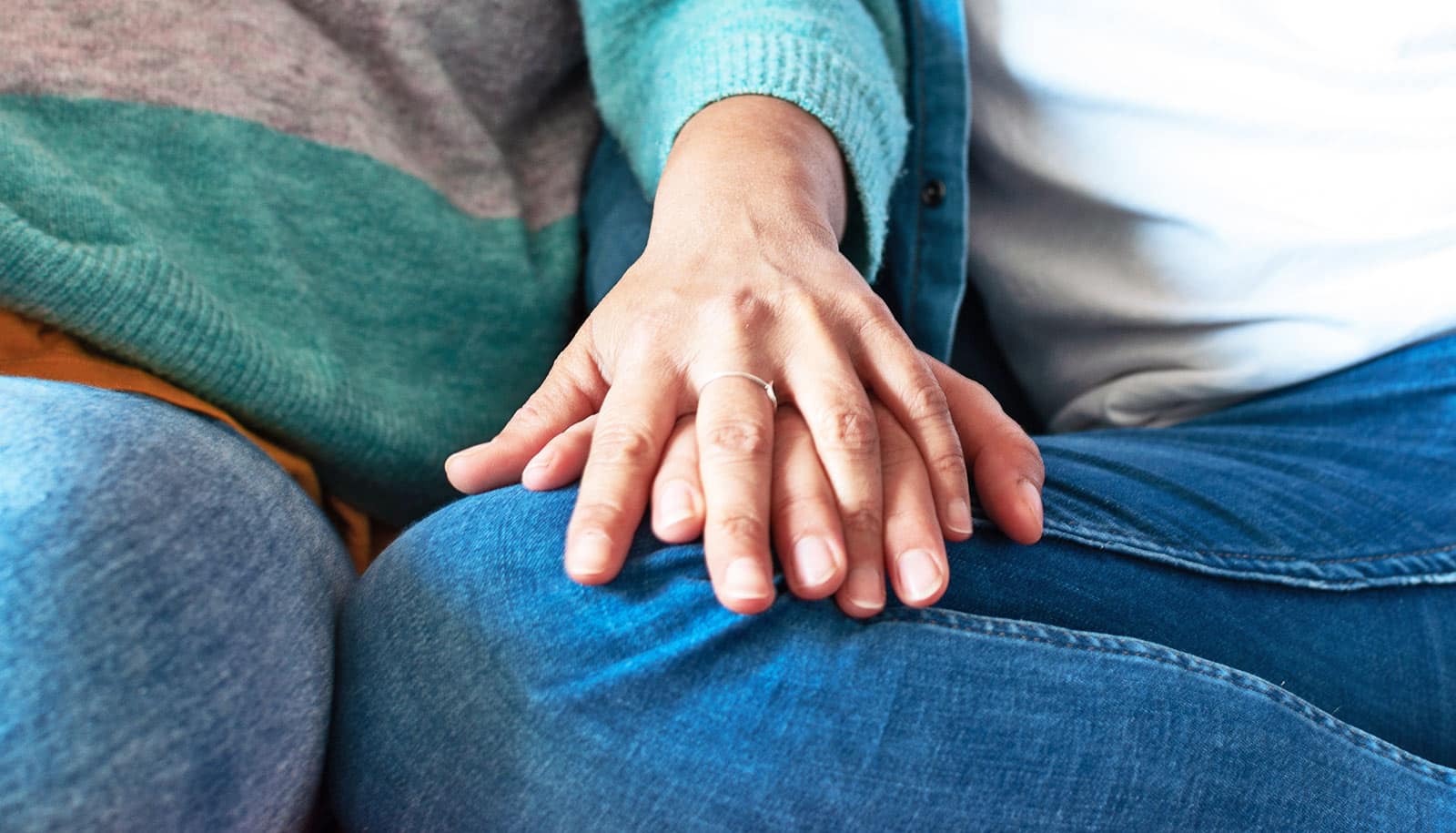Low-income women with a previously fatal illness who got new lifesaving treatment soon reported experiencing sharp declines in domestic abuse, a study finds.
Researchers believe that, with new hope for a longer life, the women acted to remove themselves from dangerous domestic relationships.
“When these women who thought they were going to die realized this new treatment gave them many years to live, they faced stronger incentives to avoid abusive partners,” says lead author Nicholas Papageorge, an economist at Johns Hopkins University.
The results are available in a National Bureau of Economic Research working paper.
Previous research showed a connection between poor health and domestic abuse, of which there are an estimated 4.5 million cases a year just in the United States. But until now, the researchers say, no one had looked at the reverse: whether improving women’s health could reduce their likelihood of suffering domestic violence.
To answer the question, Papageorge and his coauthors returned to a singular moment in health care history, the introduction in 1996 of HAART, or highly active antiretroviral therapy. That treatment transformed HIV infection from a virtual sentence of death from AIDS into a manageable chronic condition.
3 strategies for surviving intimate partner abuse
The Women’s Interagency HIV Study, an ongoing study that began in 1994, offered the researchers a chance to see how HIV-positive and -negative women behaved before and after HAART’s introduction. The women in the pool were mainly low-income, non-white, and below national averages for education and employment.
After HAART became widely available, instances of domestic violence dropped by roughly 10 percent for women with HIV who had experienced symptoms of disease, compared to control groups of healthier HIV-positive and HIV-negative women, the researchers found. Drug use, including crack cocaine and heroin, also dropped, by 15 percent, in the same pool of women. The drops in both domestic violence and drug use were even greater when looking just at black women in the same groups.
“We think the reduction happened because the women experienced a change to their expected health and longevity. They also experienced better prospects on the labor market,” Papageorge says. “We started seeing changes immediately after the introduction of the treatment. Though it is difficult to say with our data, there is some evidence that women not only left violent partners, but were also less likely to get into violent partnerships in the first place.”
Abused women pick ‘secret’ birth control
Papageorge says the findings suggest that giving women greater access to better health care can have far-reaching implications, even for abuse and addiction, two of the country’s most frustratingly persistent social problems. Better health care also seems to change outcomes by offering hope for a better life to women in seemingly hopeless positions—those plagued by poverty, lack of education, and under-employment.
“With other domestic violence interventions, women tend to go back. But here the change was medical and the women decided to make it on their own. They took this second chance and ran with it,” Papageorge says. “This could be a longer-lasting change that keeps them away from these partners in the long run.”
Coauthors of the study are from the University of Southern California, Rush University and Stroger Hospital in Chicago, SUNY Downstate Medical Center School of Public Health, and Washington University in St. Louis.
Source: Johns Hopkins University



